Have you ever wondered why we use ingredients such as nettle or passionflower in our Excel nuggets? And what Vitamins can help our small animals thrive? We have compiled a list of all ingredients, vitamins and nutrients including the reasons we add them to our nuggets below.
A whole host of nutritious ingredients
Each ingredient that goes into our nuggets – ranging from grass meal and wholegrain wheat to beneficial dried herbs, such as mint and oregano, along with dried nettles and dandelions, which all make up a typical forage-based diet – comes with its own set of challenges.
For example, a significant natural variation exists in the nutrient content of forages, influenced by many factors – including the mix of plant species in the forage, time of year it is harvested and the soil the plants are grown in.
In addition, some ingredients – such as lucerne (also known as alfalfa) – have high levels of calcium that need to be controlled to ensure any foods produced containing it ensure that have the correct levels for small animals. Peas – which, along with being a source of protein and energy – also contain anti-nutritional factors, but these are destroyed during our thermal extrusion process.
We take all these factors into account when we’re formulating our nugget recipes. Here is an A to Z of the ingredients we use and why:
- Alfalfa (dried). Also known as lucerne, this is a forage crop that is a great source of both fibre and protein, supporting digestive health and body condition. Lucerne also provides xanthophylls and beta-carotene, which have antioxidant properties, helping to support the immune system and maintain all-round health. Lucerne does contain high levels of calcium, but we tightly control the levels in our nugget recipes to ensure they are safe for small animals.
- Beet pulp (dried). When the sugar is extracted from sugar beet, the remaining beet pulp is a great source of beneficial fibre. This helps to keep the gut moving and acts as an energy source for the microbes in the caecum. The beet pulp we use at Burgess is unmolassed, which means it has no sugars added to it.
- Blackcurrant (dried). This is a source of polyphenols, such as anthocyanins, which have antioxidant properties, helping to support all-round health.
- Calcium carbonate. This comes from limestone, and is used as a source of calcium to support bone and dental health. This is important for growing animals and for mature animals, as bone is constantly reabsorbed and built up.
- Camomile powder. Traditionally known for its calming properties, camomile is also a source of vitamins, minerals and fibre.
- Cranberry (dried). Often linked to urinary tract health, cranberries are a source of polyphenols including proanthocyanidins and flavanols. These compounds have antioxidant properties, and help to support all-round health and the immune system.
- Dandelion/dandelion root (dried). Dandelion has a taste that small animals love, and contains a wide variety of vitamins, minerals and other compounds that help to support animal health. These include antioxidants for a healthy immune system, and inulin, which has a prebiotic effect to help digestive health. Dandelion is also thought to helps increase water turnover in the bladder which could help urinary tract health
- Glucosamine. Used by the body to help build cartilage – which provides a smooth surface on the joints, allowing the bones in the joint to glide over each other as they move – we add glucosamine to our diets for older pets to help maintain joint health.
- Grass meal. Our grass meal is a mixture of different grass species, which are dried to preserve the nutrient content and ensure stability. Grass meal is a source of digestible and indigestible fibre, both of which are essential for fibrevore gut health. It is also a source of vitamins, minerals and other nutrients that small animals would find in their natural wild diet.
- Lemon balm (dried). A plant related to mint and widespread throughout Europe, thought to have a calming effect.
- Lignocellulose. A concentrated source of indigestible fibre, which helps to maintain a healthy digestive system.
- Magnesium sulphate heptahydrate. Also known as Epsom salts, this is a source of magnesium used in our DualCare diet for sick or recuperating rabbits and guinea pigs. Magnesium is an important role in the regulation of stress, thought to be due to its role in nerve function.
- Mint (dried). A source of fibre linked to supporting digestive health, mint helps to make our nuggets extra tasty.
- Monoglycerides, diglycerides and triglycerides of fatty acids. Also known as medium-chain triglycerides, monoglycerides, diglycerides and triglycerides of fatty acids have been shown to have a significant effect on brain health, helping to support cognitive function in ageing animals.
- Monocalcium phosphate/dicalcium phosphate. This provides both the calcium and phosphorus that are essential for bone and dental health, and help to ensure a healthy calcium to phosphorus ratio in our diets.
- Nettle (dried). Occurring naturally in hedgerows, nettles are part of a wild rabbit’s normal diet. Nettles are rich in vitamins and minerals, and have been shown to increase water turnover in the bladder, which may help support urinary tract health.
- Oat feed. This comes from the manufacture of oatmeal, and consists of the outer hairs and husks of the oat grains. It is high in digestible fibre, which helps to support the microbes in the caecum of hindgut fermenters such as rabbits, chinchillas and guinea pigs.
- Oregano (dried). In addition to tasting great and being a source of fibre, the essential oils in oregano help to support digestive health and the immune system.
- Passionflower (dried). Known for its calming effects, it is a source of polyphenols, carotenoids and other natural antioxidants, which help to support the immune system.
- Peas (dried). A source of protein and energy helping support growth and muscle maintenance. Peas do contain anti-nutritional factors, but these are destroyed by the cooking process of thermal extrusion, making them safe for small animals.
- Pea fibre. This comes from the hull of peas and is a great tasting source of digestible fibre.
- Pea protein. Made by separating the protein fraction from the starch and fibre, which results in a concentrated source of protein, this contains essential amino acids that are required to support growth and muscle maintenance.
- Salt (sodium chloride). Essential for life, having a role in many functions – including fluid balance, nerve function and muscle contraction. We add salt to our diets to meet these biological needs so that owners do not have to supplement with extra salt. The salt is not added to make the food more palatable.
- Short chain fructo-oligosaccharides (prebiotic FOS). These are manufactured from sugar beet and have a number of benefits to animal health. These include helping to maintain a healthy digestive system by promoting the growth of beneficial gut bacteria, and helping to support the immune system.
- Soya bean hulls. These are the outer coat of soya beans and produced when the soya beans are processed to create vegetable oil. They are primarily used as a source of digestible fibre, which is converted to a source of energy in the caecum, but also supply indigestible fibre, which helps to ensure gut motility in guinea pigs, rabbits and chinchillas. Unlike some other fibre sources, such as carob meal, soya bean hulls are low in sugar. Soya bean hulls also provide protein to help support growth in young animals and helps to maintain body condition.
- Soya bean meal feed, dehulled. Once the soya bean husks and oil has been removed during the production of vegetable oil, soya bean meal remains, which is a valuable source of protein. Soya bean meal has a good amino acid profile, including lysine, tryptophan and threonine. The high level of protein in soya bean meal means it is the ideal ingredient for growing animals as the amino acids support muscle growth.
- Soya oil. Extracted from soya beans, soya oil is a source of energy, essential fatty acids (EFA) and fat-soluble vitamins. EFAs help to maintain skin and coat condition, promoting glossy fur, and are important in brain function. The fat-soluble vitamins are vitamin A, which is important for vision; vitamin D, which helps with calcium absorption and the immune system; vitamin E, which is an important antioxidant; and vitamin K, which helps with blood clotting.
- Sunflower oil. Extracted from sunflower seeds, this is a source of fatty acids and fat-soluble vitamins, which are essential for health, and to help support a healthy skin and glossy coat.
- Sunflower seed meal. Produced when the oil is extracted from sunflower seeds, sunflower seed meal is a source of protein which contains amino acids such as tryptophan. It is also high in fibre – especially lignin – which helps to maintain gut motility.
- Thyme (dried). A source of fibre with a great aroma, to help make our nuggets really tasty.
- Wheat feed. Produced when wheat is milled into flour, wheat feed is made up from the outer skin (bran) of the grain and smaller grain particles. Wheat feed is a great source of digestible fibre, supporting digestive health and providing energy. It is also a source of protein, supplying essential amino acids for muscle development and maintenance.
- Wholegrain maize. This contains a variety of nutrients – including fibre to support digestive health, and protein for muscle growth and repairs. The starch in wholegrain maize is cooked when our products are thermally extruded, which makes it easy for the body to absorb – reducing the risk of digestive upsets in small animals.
- Wholegrain wheat. This provides a fantastic source of fibre from the bran to help digestive health and protein from the endosperm to support growth and muscle maintenance. Wholegrain wheat also provides a wide variety of vitamins and minerals that have many functions, including supporting the immune system, and maintaining skin and coat health.
- Yeast (brewer’s yeast and grains). Coming from the brewing industry, yeast and grains are a source of protein, fibre, B vitamins and minerals. Brewer’s yeast also contains beta-glucans and mannan-oligosaccharides, which help to support the immune system.
The benefit of added vitamins and minerals
At Burgess, we add vitamins and minerals to our nugget recipes to ensure each species of small animal gets the correct amount they need. Importantly, these are added in specific compounds. This ensures they are not only safe and beneficial for small animals, but also remain intact during the thermal extrusion process and throughout the shelf life of the product.
And, while a deficiency of vitamins and mineral will result in health problems, it is essential that small animals do not consume excessive amounts, as this can also be bad for them. To ensure optimum safety, at Burgess we consider all the available research to ensure our foods contain the correct levels so pet owners do not need to add extra supplements to their small animals’ diet.
The vitamins and minerals we use at Burgess are tightly regulated and must be approved by the Government. Labelling regulations mean that vitamins and minerals are often classed as “additives” on our products.
Here’s a rundown of the vitamins, trace elements, amino acids and antioxidants we include in our nugget formulations, and the benefits they offer:
Vitamins
- Vitamin A. This is a fat-soluble vitamin involved in eye health. Through its antioxidant function, it also supports the immune system. The specific form of Vitamin A we use is called retinyl acetate, which is identical one of the natural forms of vitamin A.
- Vitamin C. A water-soluble vitamin that is essential for guinea pigs (and humans) who lack the ability to synthesise this, vitamin C has a role in healing and as an antioxidant, supporting the body’s immune system. Vitamin C can be destroyed by light and heat, which is why we use a specific form called sodium calcium ascorbyl phosphate, which is stable through heat treatment and the shelf life of the product.
- Vitamin D3. This is a fat-soluble vitamin with the chemical name cholecalciferol. Vitamin D3 has a function in calcium absorption, supporting bone and dental health. Vitamin D can be produced by animals’ skin through exposure to sunlight – rabbits housed indoors have been shown to have lower levels of vitamin D than those housed outside. Vitamin D also has all-round health benefits through its support of the immune system. Cholecalciferol is the only form of vitamin D to be approved for use in animal feed.
- Vitamin E. Another fat-soluble vitamin, vitamin E has an important antioxidant function and supports the body’s natural defences. The specific form of vitamin we used is called DL-alpha-tocopherol acetate, which is stable through our extrusion process and the shelf life of the product.
- Beta-carotene. A precursor of vitamin A, which is converted in the body, beta carotene supports vision and the immune system.
- L-carnitine. Involved in the metabolism of fat, this helps to promote a lean body mass, which is added to our Light and Indoor rabbit nuggets.
Trace elements
- Copper (copper [II] sulphate pentahydrate). Copper is involved in the metabolism of iron and nerve function through its role as a co-factor in several enzymes. It is also important in supporting the immune system as it is part of the structure of powerful antioxidant enzymes.
- Iodine (calcium iodate anhydrous). Iodine is required by the thyroid gland, which produces hormones that regulate growth, and the metabolism of fat, protein and carbohydrates.
- Iron (iron [II] sulphate monohydrate). Iron makes up part of the structure of haemoglobin, which transports oxygen in the red blood cells.
- Manganese (manganese [II] oxide, manganese [II] sulphate monohydrate). Manganese has a role in helping bone formation. It is also part of many enzymes involved in fat, carbohydrate and protein metabolism.
- Selenium (sodium selenite). Selenium is an important component of many antioxidant enzymes and is essential in supporting the immune system.
- Zinc (zinc oxide, zinc sulphate monohydrate). Zinc is an essential trace element for animals and has many functions in the body. It is involved in protein synthesis and carbohydrate metabolism, and helps to support the immune system. Through its function in protein synthesis, zinc has an important role to play in skin and coat health.
Amino acids
- DL-methionine. An essential amino acid that is important for muscle growth and maintenance.
- L-tryptophan. A precursor of serotonin, which is often called the “feel good hormone”, tryptophan has an important role in the regulation of stress and mood.
Antioxidants
- Tocopherol extracts from vegetable oils. Related to vitamin E, tocopherols are antioxidants, and help to prevent the oils and fats in our foods from becoming rancid – ensuring freshness throughout the shelf life of the products.
This is an extract from the article “Small animal food: what’s involved in creating nutritionally balanced nuggets?” By Dr. Suzanne Moyes, published in the Vet Times in 2022. Read the article in full here: https://www.vettimes.co.uk/article/small-animal-food-whats-involved-in-creating-nutritionally-balanced-nuggets/














